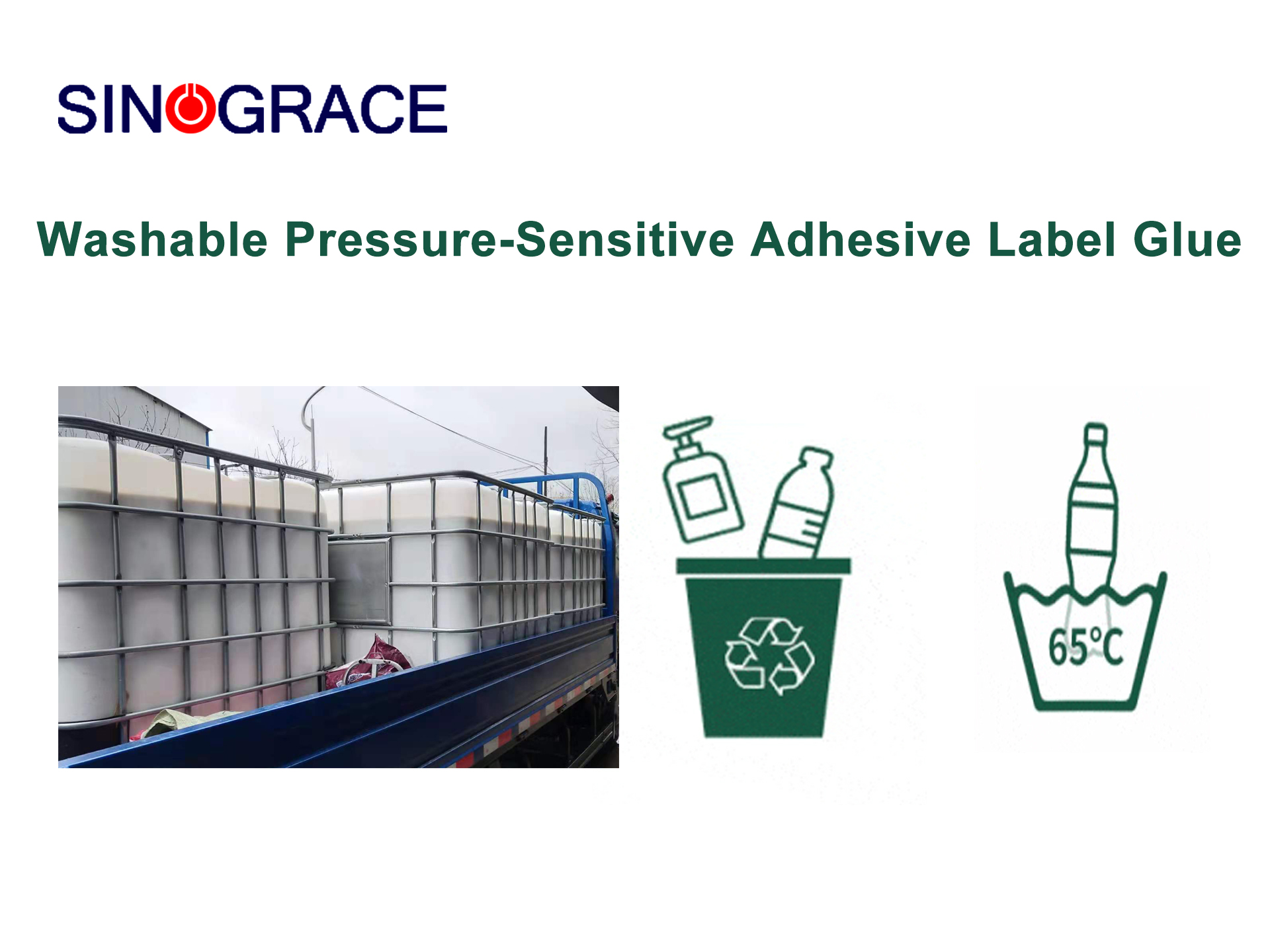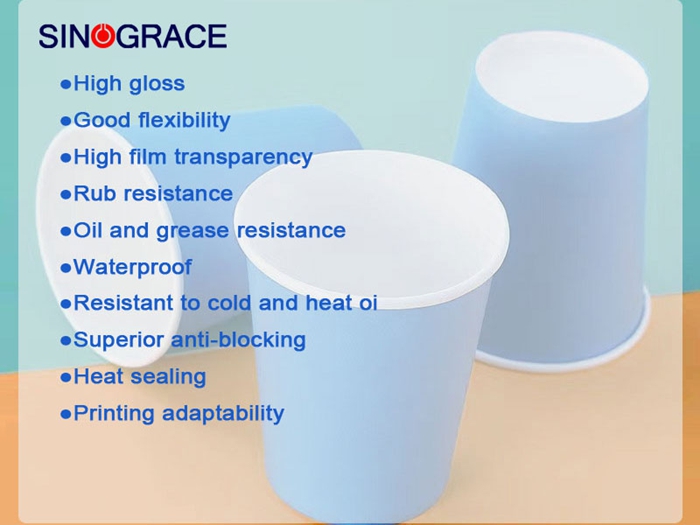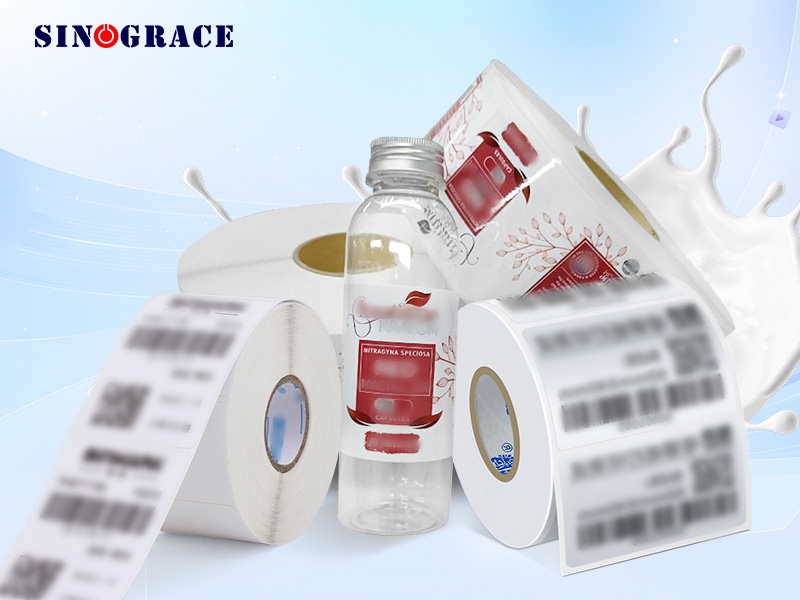What are the advantages of hot melt adhesive for label coating?
In label production, whether choosing oil-based, water-based, or hot melt, sufficient initial tack is required. Adhesives with strong initial tack properties can easily adhere to a variety of surfaces. So, what are the advantages of using hot melt adhesive in this regard? 01 Environmental Protection Currently, the hot melt adhesives used in labels, which are common in our daily lives, have a solids content of up to 100%, producing no solid waste during use and meeting modern environmental standards. With the development of this type of hot melt adhesive, many countries have switched from oil-based adhesives to water-based and hot melt adhesives for label production. 02 Strong Adhesion Water-based adhesives have advantages in label production, including a wide temperature range and smoothness. However, initial tack and peel strength are not very strong, and they may lack sufficient adhesion to non-polar surfaces. Hot melt adhesives, on the other hand, have very strong initial tack and peel strength, meeting the bonding requirements of a wide range of materials. 03 Low Cost In fact, water-based adhesives generally have a solids content of around 50%. When the coating area is uniform, the amount of hot melt adhesive used can be significantly reduced. Hot melt adhesive does not contain water or other solvents, so it does not require drying during production; it simply cools and solidifies naturally, saving significant time, improving production efficiency, and reducing costs. Compared to water-based and oil-based adhesives, hot melt adhesive offers advantages such as stronger adhesion, environmental friendliness, non-toxicity, the need for drying equipment, small footprint, fast production speed, and low cost. Therefore, hot melt adhesive is rapidly developing in the label industry. Anhui Sinograce Chemical Co., Ltd. specializes in hot melt adhesives and water-based adhesives for label applications. We look forward to your purchase.
read more

 English
English français
français русский
русский español
español العربية
العربية








